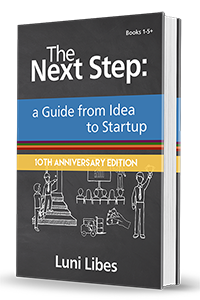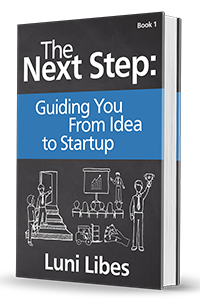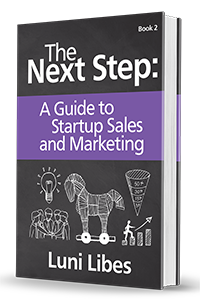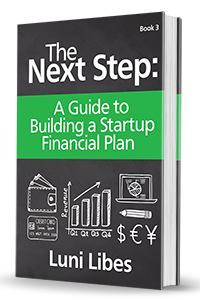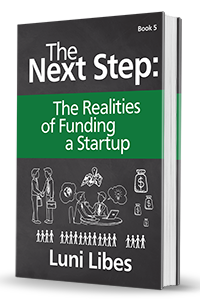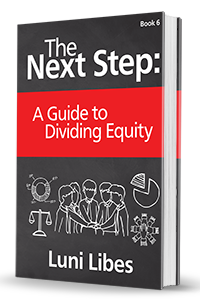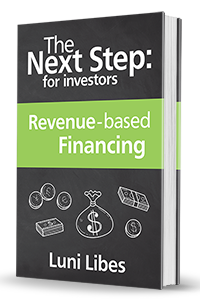Time is money… and money is time…
Time
The old adage tells us that time is money. That is, your time is precious, with every moment costing you money. There is a lot of truth in that saying and in the reverse statement, too: money is time.
The process from idea to operational startup can be long and complex. There are shortcuts to make it faster, but they all cost money.
With enough money, you can hire people to help and pay experts for their time, shortening your path to market. You can advertise your company to potential customers and get more salespeople in front of more customers more quickly.
Without spending money on any of these tasks, it is still possible to get your startup off the ground, but it will likely take more time before your product is ready for the first sale, and there will likely be a slower pace of growth beyond that.
In other words, and simply, the primary purpose of funding for startups is to speed up the time from idea to break-even revenues.
Runway
Whether you raise money from others or fund your company yourself, you will spend money getting the company up and running. You might have revenues coming in from customers, but, in the beginning, this is rarely sufficient to keep your company going on its own.
If you have built a financial plan for your startup, then you already have an estimate of how long it will take to reach that “break even” milestone, and how much money it will take to get there. If you have not built that plan yet, pick up a copy of The Next Step: Guiding You from Idea to Startup, which includes the whole text of The Next Step: A Guide to Building a Startup Financial Plan.
With a financial plan in hand and a specific amount of money in the bank (i.e., the company’s bank account), you can calculate an all-important metric for an early-stage startup: the “runway.”
The runway for your company is simply the number of months you can operate your company before it runs out of money. Once you run out of money, your company has failed. Thus, as an entrepreneur, your key job is to avoid running out of money.
There are two ways to avoid this all-too-common fate. One, before running out of cash, find investors or lenders willing to provide more cash. Or two, find customers who pay for your products and services, making your company fiscally sustainable without needing to raise funds from investors or lenders.
Ultimately, all successful companies do the latter. However, the old adage of “it takes money to make money” is quite true, and thus you likely need to secure some funding for your company long before the customers provide enough cash to keep it going on its own.
Infrastructure
For some startups, there is one other critical use of funding: to pay for the tools, equipment, and other physical infrastructure required to operate the company.
For example, a restaurant needs at least one refrigerator, a stove, pots, pans, and a few tables, and chairs. A winery needs fermentation tanks, barrels, and bottles. A landscaping company needs at least a lawn mower and rake.
Plus, nearly every modern company needs a website and a cellphone.
While there is no way around paying for most of these fixed expenses, the fact is that the cost of starting a startup has dropped dramatically over the past decade. Many of the fixed expenses of the past have been subsumed by email and other online services.
Plus, with the rise of coworking spaces and coffee shops, today it is possible to start a startup with a single person and a cellphone, without paying for an office, without buying a desk or chair, without hiring a secretary or receptionist, and without needing to go buy a copier, fax machine, office telephone system, postage machine, or coffee maker.
Like the rise of coworking spaces for general office work, this trend has started to extend to businesses that are historically reliant on equipment, infrastructure, and land. To make wine, you can now go to an organization that helps new wine makers get started and can share presses, tanks, and bottlers. There are business incubators for hardware companies that share design software, 3D printers, etc. There are even incubators for farmers that share tractors, seeders, and harvesters, that rent acres of land, all while teaching the basics of farming and even buying the resultant crops.
With this trend, you may not need to buy all the equipment on your list. Starting a company has gotten cheaper, but it still isn’t free. Your job is to make sure your company doesn’t run out of money. You do that by “selling” the idea of your company to investors.



